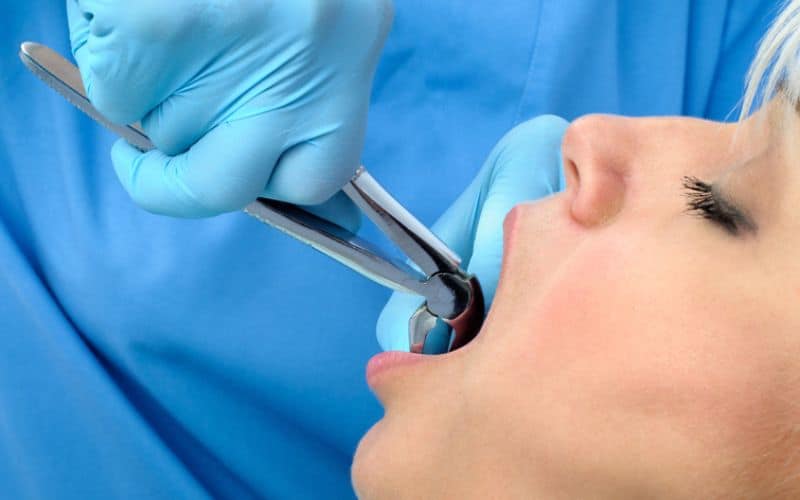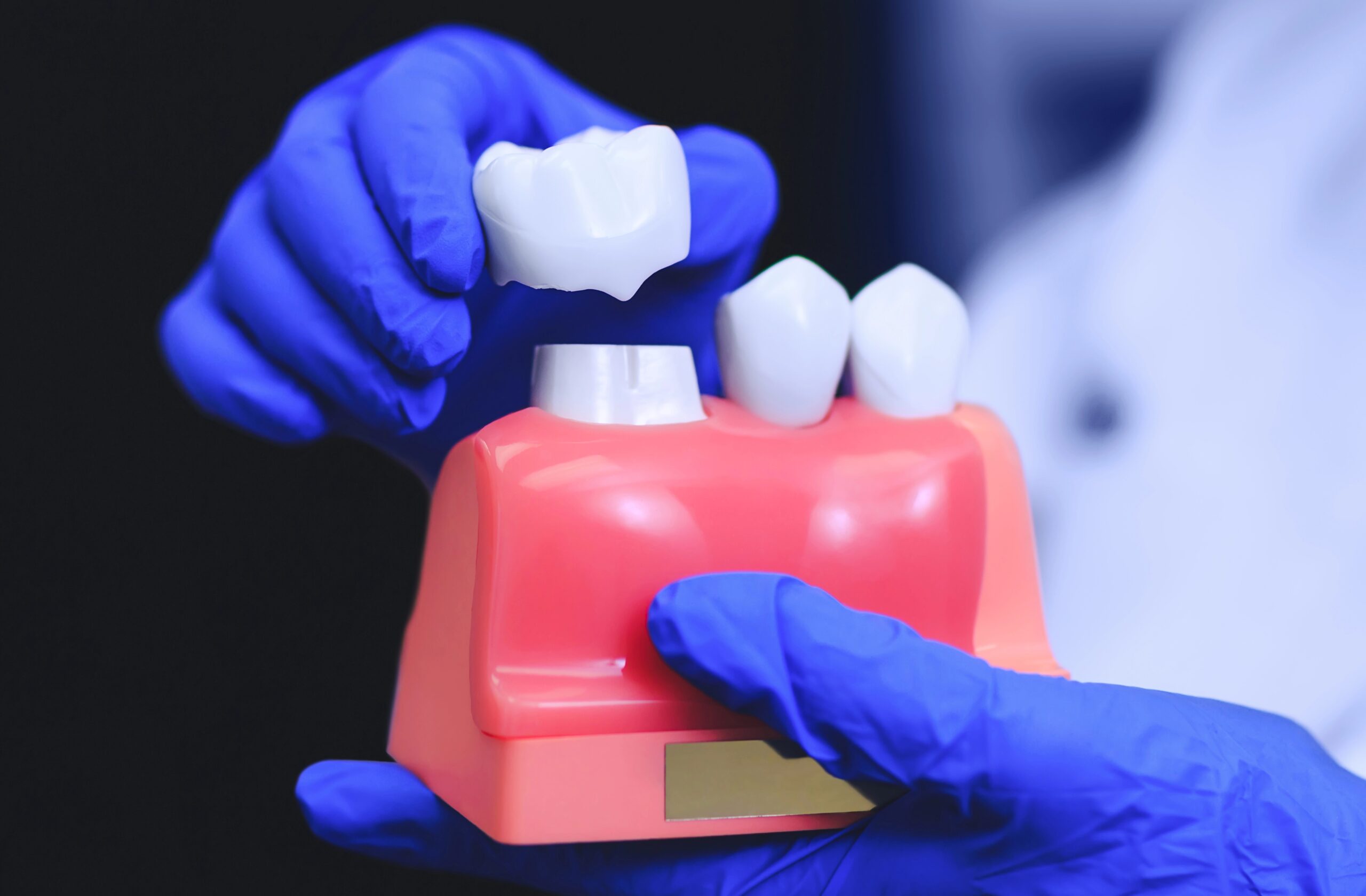
Extraction vs. Root Canal
- Posted on February 10, 2023

Tooth Extraction Procedure
A local anesthetic is used to make the procedure comfortable, so you won't feel any pain. Forceps are used to extract the tooth in most cases, although other methods may be used as necessary. After it is extracted, gauze will be placed for you to bite on to stop the bleeding. A stitch or suture may be used as well. Some bleeding and swelling are expected for about a day. Ice packs can help reduce inflammation, and over-the-counter pain medications help with any discomfort. Your dentist will provide you with full post-procedure instructions. It can take a couple of weeks for the extraction site to heal.
Root Canal Treatment To Save An Infected Tooth
A root canal treatment saves an infected tooth with damaged, diseased, or dead pulp in the roots. The dental pulp consists of the tissues, nerves, and blood vessels in the tooth root areas. The root canal treatment removes the infected pulp and involves applying antibiotic wash to kill off all infections. X-rays will confirm the state of your tooth and the extent and location of tooth decay, to determine if a root canal treatment is a good option.Root Canal Treatment Procedure
After using local anesthesia, your dentist opens a tiny hole in the infected tooth and carefully clears away the dead, diseased, or damaged pulp. The cleared-out root canal chambers are carefully cleaned to ensure no bacteria or damaged tissue remains. The cleared area is then filled with dental material to replace the damaged pulp. The cleaning process may take a couple of visits to ensure the canals are completely cleared. Your dentist may place a crown, or cap over your tooth to strengthen your tooth's structure, which may require an additional visit, as well. Afterward, pain should be manageable with an over-the-counter painkiller, and only last for a few days.Advantages Of Root Canals Over Tooth Extraction
The key advantage of a root canal vs extraction is that it allows you to keep your natural tooth; there are several oral health advantages associated with saving a tooth. A missing tooth can be replaced by implants or other devices, but your own tooth is better for oral health. Also, healing from an extracted tooth takes longer than a root canal, and more dental procedures may be required afterward to maintain oral health.Prevents Shifting and Damage To Other Teeth
When a tooth is extracted, a gap remains, which allows neighboring teeth to start to shift in the mouth, causing misalignment. This tends to lead to damage and tooth decay in the remaining teeth. A bridge or dental implant helps prevent the shifting, however. Food can get trapped in this gap, encouraging bacteria development, which aggravates the situation.Better Functionality
Missing teeth cause difficulties when eating and speaking, potentially causing embarrassment, as well. Dental implants and dental bridges can help with functionality.Bone Health
When a tooth has been extracted the bone in that area immediately starts to suffer bone loss. This may lead to facial structure deterioration. Bone grafts may be necessary. Dental implants can prevent this process, however, as the implant post mimics the action of a tooth root.
Is Leaving A Tooth Untreated An Option?
Not treating an affected tooth at all is not an option, as it will simply allow the situation to worsen. The tooth's structure will degrade further, and infection will spread to other teeth and areas of the mouth. The pain will become very extreme, and an emergency dental visit will become necessary. If you are experiencing symptoms, such as pain, fever, sensitivity, and swelling, you should seek treatment. Tooth Buds Dentistry prioritizes saving a natural tooth whenever possible, for your overall oral health; we perform root canal treatments to save your tooth, if feasible. Where necessary, we perform tooth extractions, including wisdom teeth extractions, when it is the best option. We will always discuss your treatment options with you, as well as tooth replacement options, if necessary.
Dr. Prabhdeep Kaur, a General Dentist, has been enriching the field of dentistry with her expertise for over 13 years, having obtained her license in Canada in 2015. A holder of a BDS degree, Dr. Kaur’s proficiency spans a wide array of dental services, including General and Cosmetic Dentistry, Wisdom Teeth Extractions, Invisalign, and more. Her commitment to her craft is further evidenced by her memberships in prestigious organizations like the Ontario Dental Association, the Academy of General Dentistry, and the Royal College of Dental Surgeons of Ontario.
Renowned for her patient-focused approach, Dr. Kaur emphasizes the importance of listening and customizing treatments to meet individual needs, viewing dentistry not only as a science but also as an art form dedicated to enhancing and restoring smiles. Her dedication to ongoing education ensures she remains at the cutting edge of dental advancements.
Outside her professional life, Dr. Kaur enjoys family time, travel, and cinema, adding a relatable and approachable dimension to her persona. She is passionate about delivering professional and quality dental care, driven by her desire to connect with people and address their dental needs effectively.
Dr. Kaur’s journey in dentistry serves as an inspiration for aspiring dental professionals, advocating determination, motivation, and enjoyment in their work. Follow her journey and professional updates on Instagram @drprabh84, where she continues to inspire both her patients and peers in the dental community.






